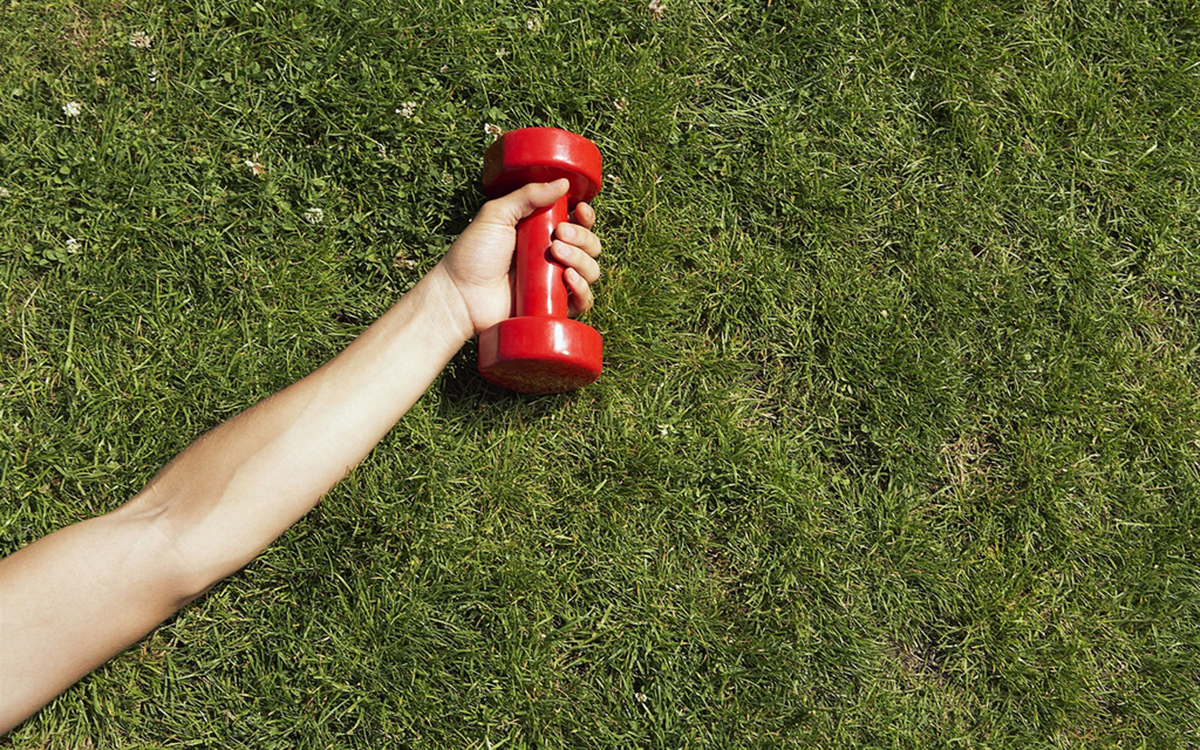Table of Contents
Let's imagine two people, Bill and Bob. Bill doesn't believe in spot reduction. He doesn't believe in much and he doesn't read much either. He jumps rope and does big heavy weight training exercises, typically doing between 10 and 25 reps in a set and between 2 and 5 sets of each exercise. Bob has read this article, and he's also read absolutely everything else. He's taken its apparent message to heart and is working on spot reduction protocols including using an abdominal crunch machine in a fasted state.

Anyone?
Bill, right? Because he's simply burning a huge amount more calories, he's building muscle and he's creating a hormonal environment that's conducive to fat burning and muscle building through his highly effective, systemic approach. It's not the perfect program, maybe, but no thigh trainer is going to come close.
How should that be done?
Well, the evidence is that the warmer your fat is, the better it is absorbed into the bloodstream and burned at the muscle. So warm up, and preferentially warm up the area you want to lose fat from. Wear something warming over it; Dr. Lowery recommends a weightlifting belt worn backward over the abdomen!
Increased vascularization in the muscle that lies under the fat you want to lose increases the efficacy of spot reduction. So how to increase vascularity? Well, in terms of the actual numbers of vessels that are there, rather than increasing their visibility, it seems that endurance exercise helps, and so does more intense exercise. Adding some moderate rep-ranges sets of assistance exercises into your training will help boost blood flow and may improve arteriogenesis (the creation of new blood vessels). It's blood flow that's really important.
Finally, let's look at the big picture.
See Also: Spot Reduction: Do Abs Belts Work?
But Dr. Lowery is pretty explicit that there's no replacement for that. What he argues is that spot reduction can help the physique athlete with stubborn fat deposits in "unsightly" places. I'd go further: maybe by helping to increase blood flow and local fatty tissue absorption at the sites of the majority of body fat, spot reduction can help ordinary people who are trying to lose weight and get fit and healthy.
Most people store the majority of their body fat in their buttocks, upper thighs and lower abdomens. That makes sense it's where you'd hang a bag or pouch, holster a tool or pocket your keys. The centre of the body is a good storage place for things you'll need later. It's also the site of the body's biggest muscles: the powerful muscles of the hips and upper legs, like the quads, glutes and hamstrings. Could deadlifts, swings and squats contribute to a "spot reduction" effect by increasing bloodflow here even as they make the biggest systemic contribution to fat loss too? I offer the idea for what it's worth. For most of us, spot reduction is a secondary concern, but it does seem to be real. It just won't deliver in eleven minutes.
- Lowery, Dr. Lonnie, ‘Spot Reduction is Real: Here’s How to Do It,’ www.tnation.com, January 2, 2014 http://www.t-nation.com/free_online_article/most_recent/spot_reduction_is_real_heres_how_to_do_it
- Stallknecht, B., et al, ‘Are blood flow and lipolysis in subcutaneous adipose tissue influenced by contractions in adjacent muscles in humans?’ American Journal of Physiology, 292 (2), February 2007, stored with the Us National Library of Medicine at PubMed.gov: www.ncbi.nlm.nih.gov/pubmed/16985258
- Photo by steadyhealth.com
- Photo courtesy of tableatny by Flickr : www.flickr.com/photos/53370644@N06/4976557462


Your thoughts on this